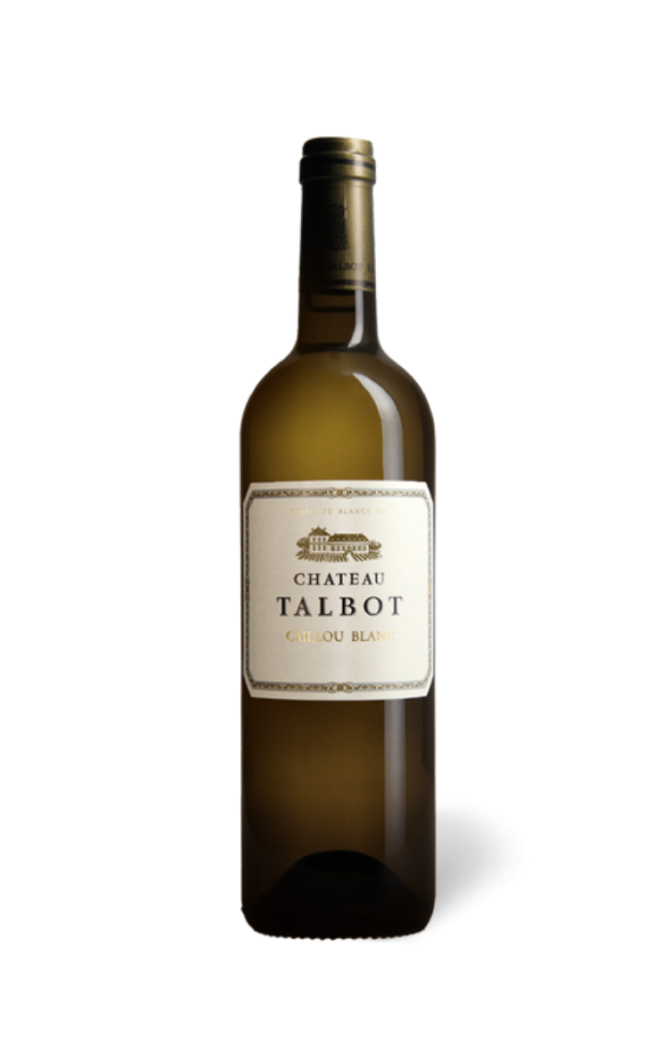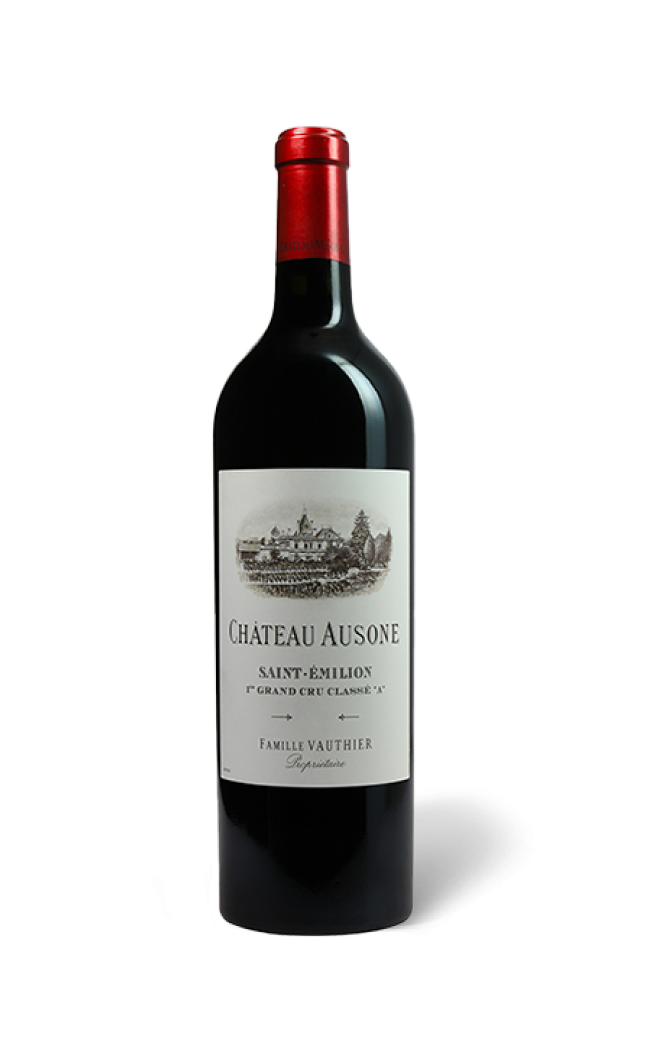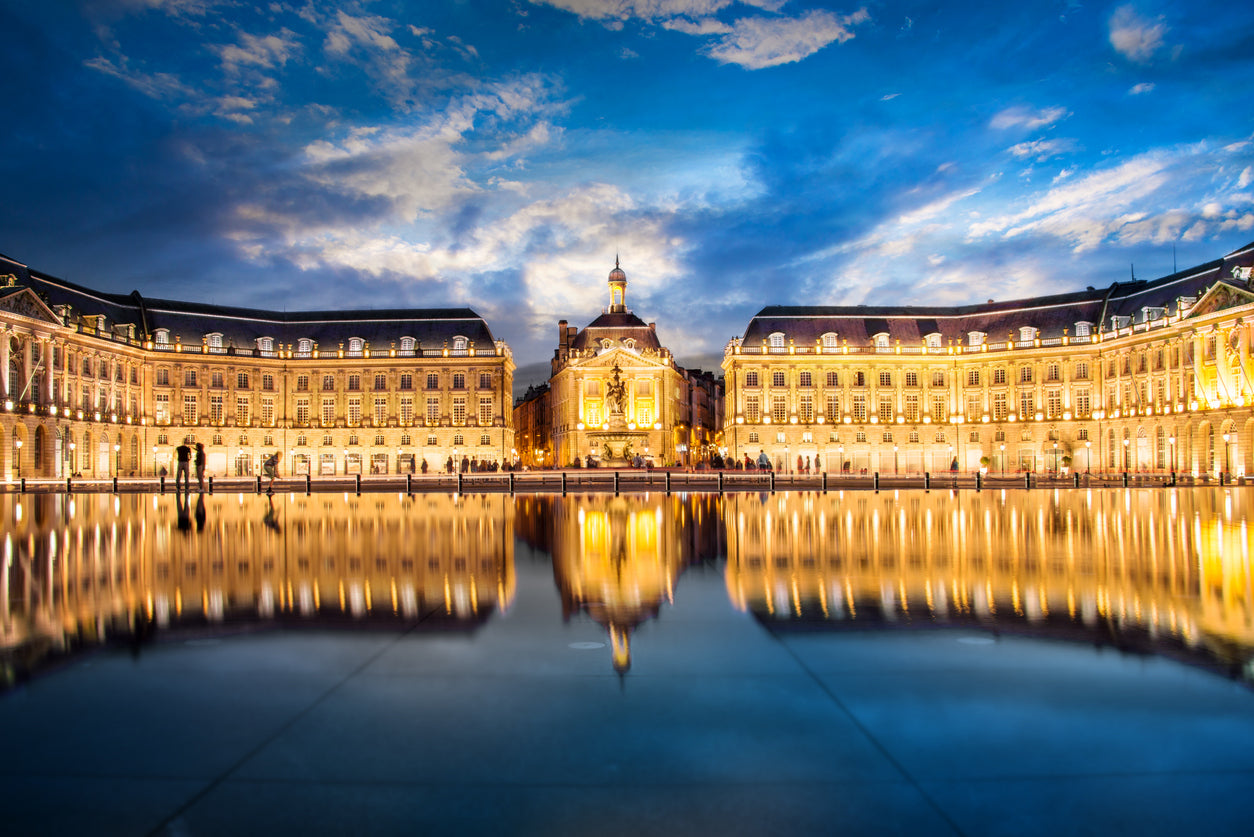
The Regions of Bordeaux Explained
To step into Bordeaux is to enter a realm where centuries-old vineyards stretch across sun-drenched hillsides, and each bottle uncorks the story of a region steeped in heritage, artistry, and terroir. For anyone who cherishes the elegance of wine, understanding the Bordeaux wine region transforms sipping into a sumptuous experience. Whether you are planning a grand tasting adventure, seeking Bordeaux wine region maps, or simply longing to illuminate your next dinner with a classic pour, this guide is your invitation to discover the distinct personalities and pleasures of Bordeaux’s storied sub-regions.
Bordeaux: France’s Crown Jewel of Winemaking
Bordeaux needs little introduction in the world of fine wine. Nestled in the heart of southwest France, this illustrious wine region is the very embodiment of old-world allure. Revered for its radiant reds, sophisticated whites, and sweet golden treasures, Bordeaux centuries-old estates and ancient châteaux define winemaking excellence. Here, tradition is not just preserved; it is elevated, producing wines that embody structure, complexity, and elegance in every glass.
Bordeaux is more than just a name on a label. It is a tapestry of terroirs and microclimates, each contributing to the dazzling diversity that fills cellars and glasses worldwide. If you yearn to explore the Bordeaux wine region beyond the surface, allow yourself to be ushered behind the velvet rope, deep into the vineyards, châteaux, and culture that make it so exceptional.
A Geographical Overview: Understanding Bordeaux’s Terroir
To unravel the personality of Bordeaux, one must first understand its geography. The region stretches across some 120,000 hectares, hugged by the rivers Garonne and Dordogne, which converge to form the Gironde estuary. This orientation divides Bordeaux into the Left Bank and Right Bank, with the Entre-Deux-Mers unfurling gracefully between them.
-
The Left Bank is dominated by gravelly soils, a natural boon for Cabernet Sauvignon vines seeking warmth and drainage.
-
The Right Bank is shaped by fertile clay and limestone, creating the perfect canvas for lush, seductive Merlot.
-
Woven through, ancient river stones, sandy loam, and rolling slopes provide each sub-appellation with a unique signature, which you can trace on detailed Bordeaux wine region maps.
It is this mesmerizing interplay of rivers, soils, and microclimates that delivers Bordeaux’s trademark complexity and inspires winemakers to coax the very best from the land.
Copyright © Jon Lord
Bordeaux’s Majestic Sub-Regions
Médoc: The Reign of Cabernet Sauvignon
The Médoc stretches along the Left Bank, home to châteaux whose names shimmer with prestige. Here, time-honored producers craft wines that are bold, structured, and built to last. The gravelly soils are tailor-made for Cabernet Sauvignon, which flourishes under the maritime influence and adds backbone, dark fruit, and elegance to blends. Sub-appellations such as Pauillac, Saint-Julien, Margaux, and Saint-Estèphe each boast their own character, yet all share a propensity for aristocratic, age-worthy wine.
Highlights: Château Margaux, Château Lafite Rothschild, Château Latour
Saint-Émilion: Merlot’s Opulent Realm
On the Right Bank, Saint-Émilion is a patchwork of undulating hills, limestone outcrops, and medieval streets. The wines here are typically Merlot-dominant, with Cabernet Franc lending floral lift and finesse. Saint-Émilion’s Grand Cru Classé estates express plush fruit, velvety tannins, and intoxicating aromatics, offering sophistication with a welcoming warmth.
Highlights: Château Cheval Blanc, Château Ausone, Clos Fourtet
Pomerol: Exclusivity in Every Bottle
Just west of Saint-Émilion lies Pomerol, an enclave revered by collectors and connoisseurs for its small-scale, family-owned domaines. Pomerol’s clay-rich soils yield Merlot grapes of extraordinary concentration and depth, resulting in luxurious, seductive wines. Here, subtlety and power coexist in perfect harmony, and legendary bottles are often produced in limited quantities, enhancing their desirability.
Highlights: Château Pétrus, Château Le Pin, Château Lafleur
Graves: Bordeaux’s Birthplace
Venture south and discover Graves, the historical heartland where Bordeaux’s wine story began. Renowned for its gravel-rich earth, Graves produces both red and white wines of refinement and balance. The reds here show vivid mineral streaks and supple tannins, while the whites, typically blends of Sauvignon Blanc and Sémillon, deliver zesty freshness and age-worthy complexity.
Highlights: Château Haut-Brion, Château Smith Haut Lafitte
Entre-Deux-Mers: The White Wine Haven
Cradled between the Garonne and Dordogne rivers lies Entre-Deux-Mers, a region that sparkles like a hidden gem for lovers of crisp, aromatic white wines. The maritime climate and gently sloping vineyards favor Sauvignon Blanc, Sémillon, and Muscadelle, crafted into wines that are zippy, floral, and perfect for an apéritif.
Highlights: Château Bonnet, Château Sainte-Marie
Climate and Its Impact on Bordeaux Vintages
Bordeaux’s climate is a symphony of moderating influences, with the Atlantic Ocean, river estuaries, and forests all playing a role in protecting the vines from frost and extremes. The region enjoys mild winters, damp springs, and long summers punctuated by sporadic rainfall. This balance allows grapes to ripen slowly, building aromatic intensity and fine tannins.
Yet, the weather can turn capricious. Each vintage tells a different story. A warm, sunny year yields wines of plush fruit and generosity (2009, 2015, 2018), while cooler, wetter years favor finesse and longevity (1996, 2008). No two years are identical, making the art of vintage selection both a delight and a challenge for collectors and enthusiasts.
Bordeaux’s Noble Grape Varieties
The Classic Reds
-
Cabernet Sauvignon thrives on the Left Bank’s gravel, offering structure, blackcurrant, cedar, and the potential for decades of aging.
-
Merlot luxuriates in the Right Bank’s clay-rich soils, contributing plump berry fruit, supple tannins, and immediate charm.
-
Cabernet Franc provides aromatic lift, freshness, and a whisper of spice, playing a key supporting role in prestigious blends.
These grapes, joined occasionally by Petit Verdot, Malbec, and Carménère, are blended in varying proportions to reveal the unique identity of each château and vintage.
The Distinctive Whites
-
Sauvignon Blanc delivers vivacious citrus, gooseberry, and grassy notes, especially in Entre-Deux-Mers and Graves whites.
-
Sémillon adds a honeyed richness and capacity for age, crucial to Bordeaux’s celebrated sweet wines from Sauternes and Barsac.
-
Muscadelle imparts exotic floral notes, rounding out the aromatic palette.
The skillful blending of these varieties defines the texture, balance, and longevity of Bordeaux whites, from the brisk and lively to the lusciously sweet.
How to Decipher Bordeaux Wine Labels
The mystique of Bordeaux extends even to its labels. Unlike New World wines, Bordeaux bottles often showcase the château or estate, the appellation, and a classification (such as Grand Cru Classé or Cru Bourgeois). The labels rarely list grape varieties; instead, the region, vintage, and estate convey the essential clues.
Key Information to Look For
-
Château/Estate: Indicates the producer.
-
Appellation: Reveals the origin (Saint-Émilion, Pauillac, etc.).
-
Classification: Notes official rankings (e.g., Premier Grand Cru Classé).
-
Vintage: Specifies the year the grapes were harvested.
-
Alcohol Content and Volume
Studying Bordeaux wine region maps can greatly enhance your understanding of exactly where your bottle was sourced, adding another layer of pleasure to each glass.
Perfect Food Pairings for Bordeaux Wines
The epicurean pleasure of Bordeaux is best appreciated when paired with sumptuous fare. The structured reds of the Médoc lend themselves beautifully to grilled beef, lamb, and aged cheeses, where tannins soften and fruit unfolds. Right Bank’s supple Merlot blends harmonize with duck confit, roast chicken, and earthy mushroom dishes.
For white Bordeaux, think seafood platters, goat cheese salads, and shellfish, which reflect the zip and freshness of Sauvignon Blanc. And for an exquisite treat, match Sauternes or Barsac sweet wines with foie gras, blue cheese, or stone fruit tarts.
Embark on Your Bordeaux Journey
The Bordeaux wine region is a living tapestry, woven from noble grapes, centuries-old savoir-faire, and unrivaled terroirs. Whether you seek out Bordeaux wine region maps for a future pilgrimage, or simply wish to elevate your next dinner with a bottle from Pauillac, Pomerol, or Entre-Deux-Mers, you are inviting centuries of tradition and refinement to your table.
Allow the romance, depth, and diversity of Bordeaux to inspire your own experiences. If you yearn to deepen your understanding or discover rare treasures, consult an expert sommelier or plan a tasting with trusted friends. Each bottle awaits, ready to unfold its story, one glass at a time.






